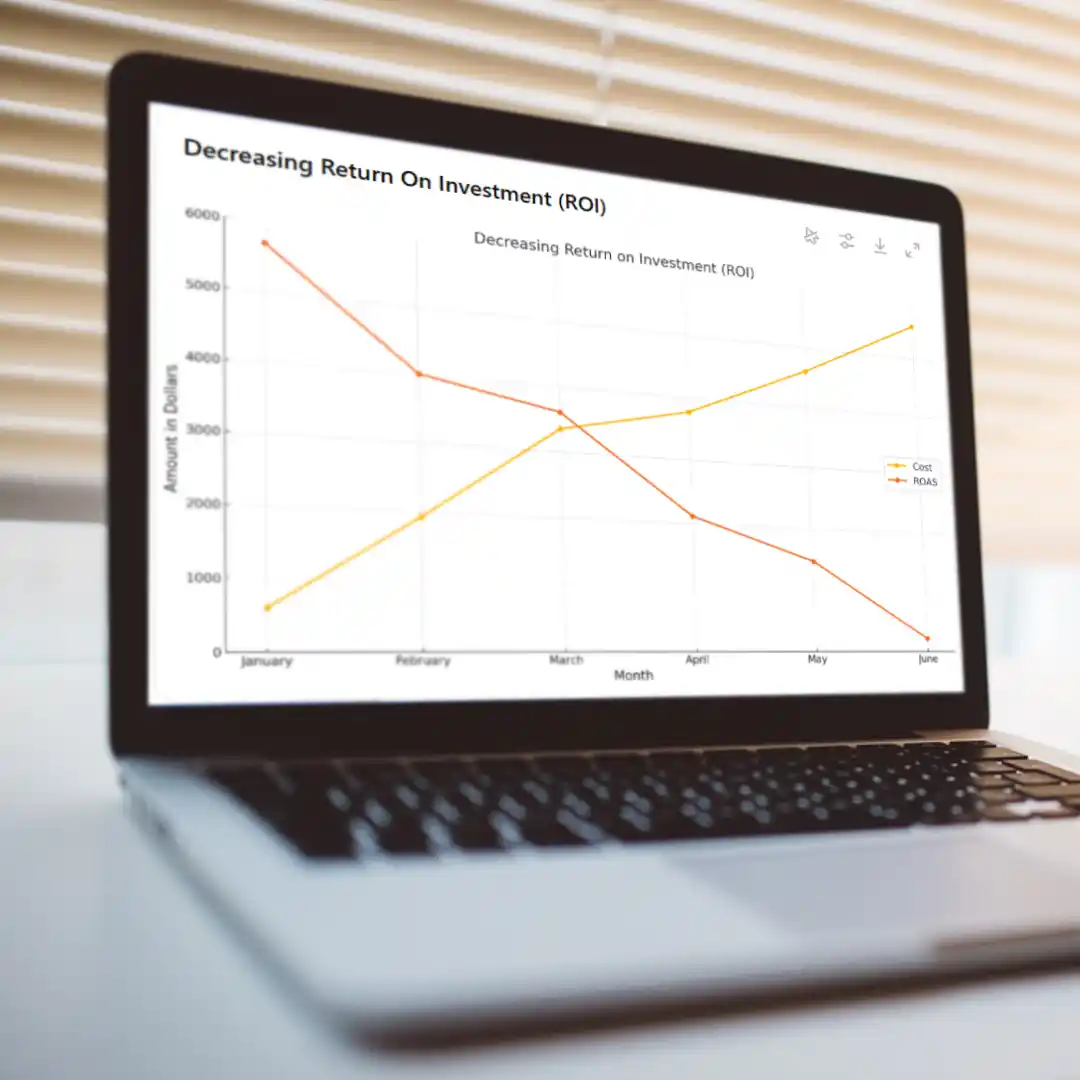Improve Conversion Rates Through “Reverse Engineering”
 Whenever we have been asked to troubleshoot an online campaign that isn’t working, the #1 problem we see is that most of the effort has been placed on driving traffic rather than the overall goal. In other words, instead of focusing on keywords or ads, you should begin by defining the desired result of your marketing activity or campaign. Is it a highly qualified lead? A sale?
Whenever we have been asked to troubleshoot an online campaign that isn’t working, the #1 problem we see is that most of the effort has been placed on driving traffic rather than the overall goal. In other words, instead of focusing on keywords or ads, you should begin by defining the desired result of your marketing activity or campaign. Is it a highly qualified lead? A sale?
Start at the end and work your way backwards. That’s what we mean by “reverse engineering.”
Let’s break down the process into a sequence of logical steps you can follow.
- Determine the characteristics of a buyer or qualified lead. Start by building a profile of all your current customers. Who are they and why did they buy from you? Hopefully, you will come up with a number of descriptions, each with their own reasons to buy, proof-points and places to be found. This will enable you to tailor each marketing activity to a particular buyer. What are their desires, or what kinds of problems do they want to solve? What goals do they want to achieve? What causes them “pain” that you can relieve? If this is a B2B campaign, what are the functional roles or titles you want to attract?
- Design or develop the best offer or call-to-action you can provide. Put yourself in the shoes of your prospect. Consider what they might need, to help them in their buying process. Perhaps it’s a guide or a subscription to an informative data archive. Sometimes it’s pricing they’re after. Many B2B organizations are reluctant to provide pricing early in the sales process for fear of scaring off prospects or tipping off competitors, but a number of recent studies have shown that budgetary pricing can move qualified prospects forward and move non-qualified buyers toward your competition.
- How will you present the offer? This falls under the heading of “landing page optimization” because typically, you’ll want to expose the prospect to the offer as soon as they hit your site. While entire books have been written about landing page optimization, the most important thing to consider is minimizing the required thought and effort on the part of the prospect. Don’t clutter your landing page with multiple distractions. Keep the number of items on a registration form as small as possible. Keep the amount of “unsupervised thinking” to a minimum. If possible, include the form on the landing page to reduce the additional step of clicking through to a different form page.
- How will you put people in front of the offer? You’re not dropping clicks on your website’s home page and making them hunt for your offer, right? Hopefully, you’ve crafted a dedicated page and you can specify that page’s URL for click-throughs, whether those clicks come from emails, banner ads, sponsored search or whatever.
- How will you measure success? Before you start the machinery, you should know what you’re hoping to achieve and how it will be measured. Is it a certain number of leads or sales, of a particular quality, within a specified time frame? Is it a target Cost-Per-Acquisition (CPA)?
Look to the end before you start, to improve immediate results and help avoid costly mistakes. This is an important component in Market Vantage’s Internet marketing methodology that we use in helping our clients develop successful, optimized marketing strategies and programs.




